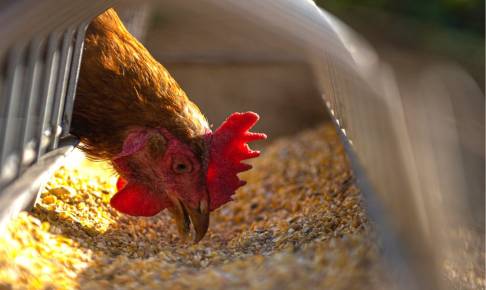Pancytopenia in UK-owned cats: likely link to mycotoxin-contaminated pet food ingredients
In the UK, since April 2021, pet veterinarians have reported at least 130 cases of feline pancytopenia to the Food Standard Agency (FSA). The FSA, while not confirming a causal link between disease and dietary exposure, has given a withdrawal from the market of some petfoods reported in use to cats who have fallen ill.
Feline pancytopenia is a very rare condition in which the number of blood cells decreases rapidly, causing serious illness. From the literature it appears to be associated with exposure to Trichothecenes-mycotoxins T2.
EFSA in its 2013 opinion on T2 and HT2 toxins from Fusarium and the risk of dietary exposure in animals and humans has clearly marked the cat as the most vulnerable species, for which it is not even possible to establish a NOAEL at the moment. This means ensuring the absence of these toxins in pet food for cats is necessary, as no residual limit can be considered as a guarantee.
EFSA's exposure estimates in 2017 were not accompanied by an adequate biomonitoring plan, with clinical follow-up of any cases of intoxication. The English report on the "problem" will certainly be a stimulus to better define the exposure framework and the related consequences on health of owned cats.
Source:
https://efsa.onlinelibrary.wiley.com/doi/full/10.2903/j.efsa.2017.4972






















